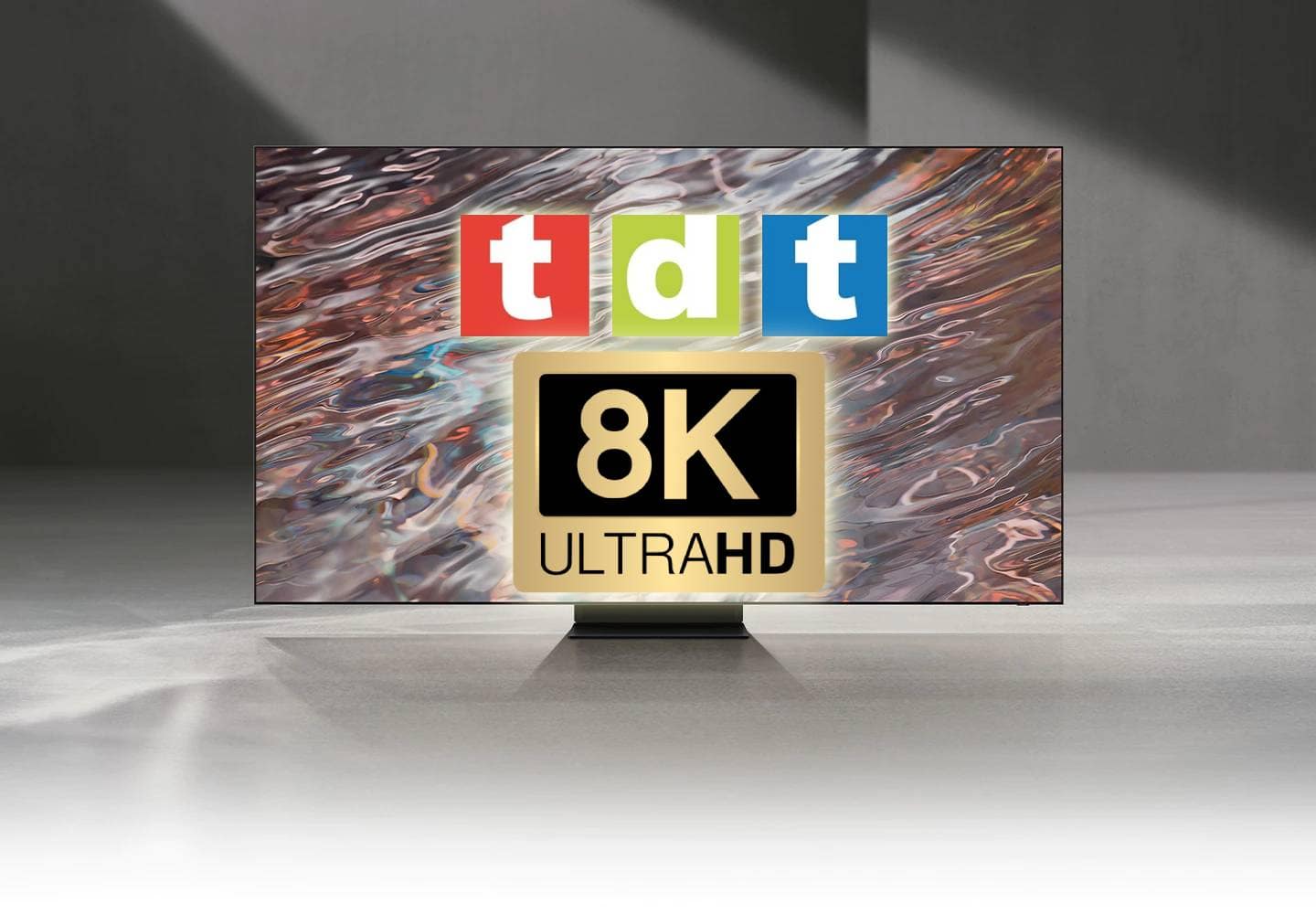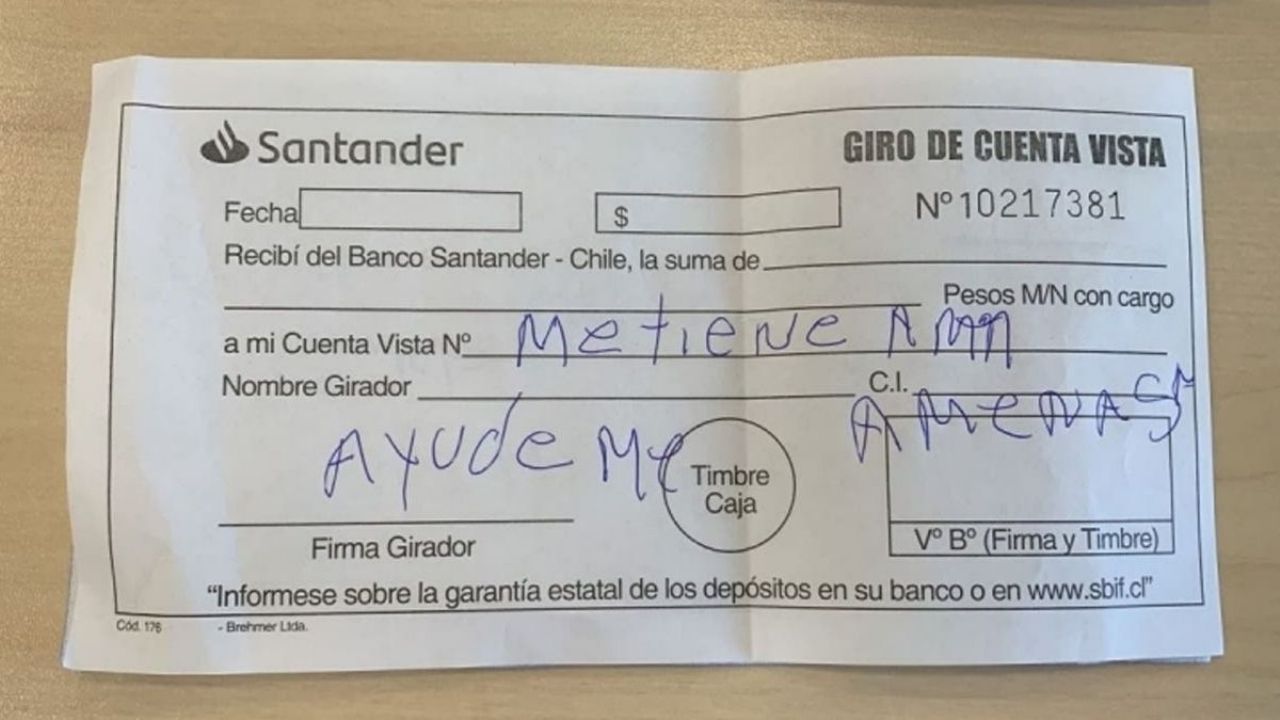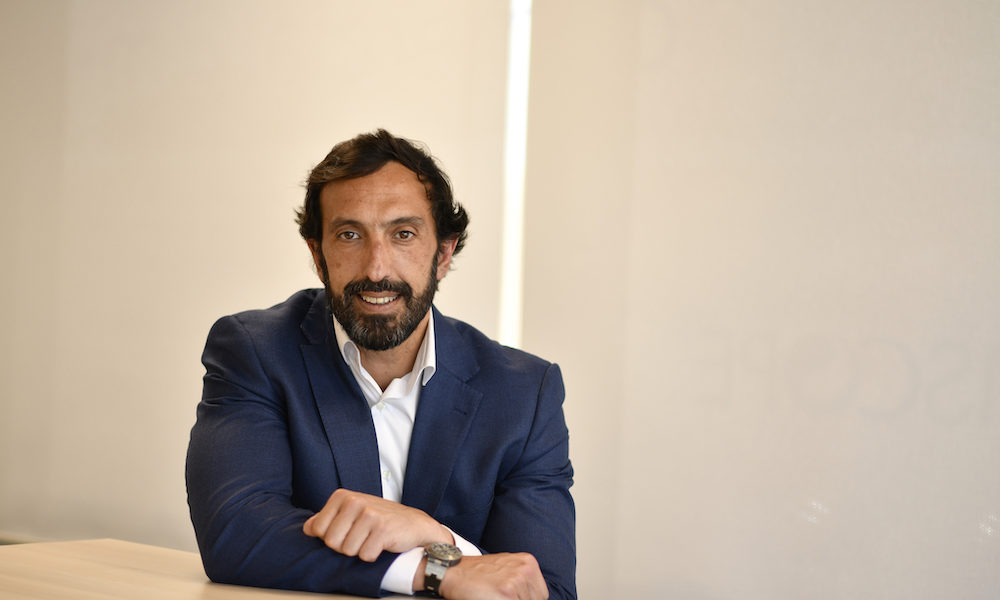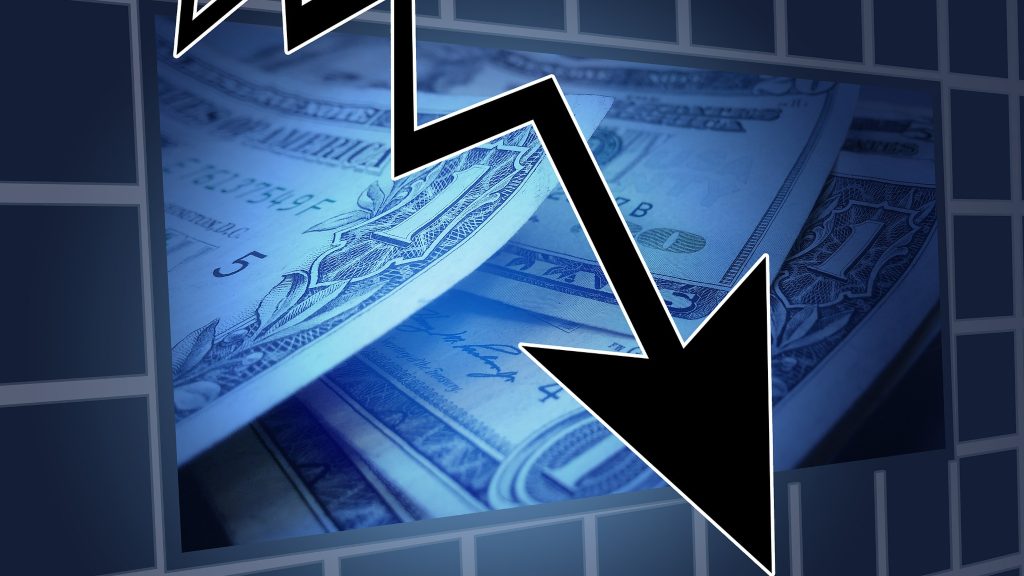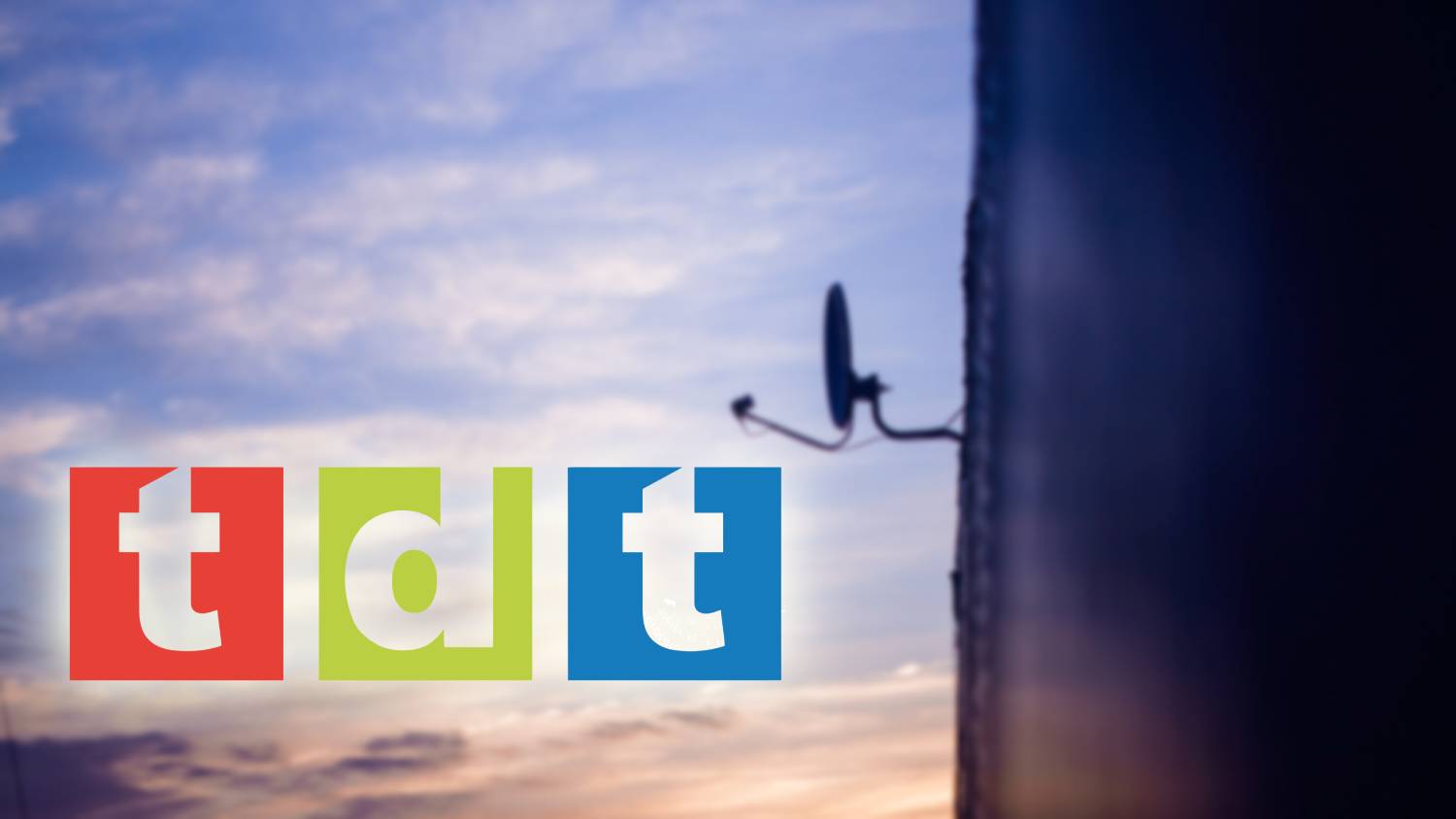
At the beginning of December of last year we told you about a new codec that could be the definitive push for 8K televisions. And now we just found out that DVBthe association in charge of creating the European standards used in terrestrial and satellite broadcasting, has just implemented the VVC codec to its DTT standard.
As the folks at FlatPanelsHD report, the DVB tuner specification used in Europe, Australia and India among other regions totime supports the VVC (H.266) video codec, the successor to HEVC.
«The DVB project has added Versatile Video Coding (VVC) to its main specification for the use of video and audio coding in broadcast and broadband applications. DVB is therefore the first standards body of its kind to add a next-generation video codec to its media distribution toolbox.«, announced the organization DVB.
You may also be interested in: These are all the DTT channels that you can see in Spain in 2022
DTT from mobile and in the future with 8K support
We know that the objective of DVB is for Digital Terrestrial Television to operate through 5G networks. With this, we could see DTT from the mobile phone. To get it, have signed a collaboration agreement with 5G Media Action Group (5G-MAG) with the intention of offering television through 5G networks. The idea is to create a single standard through the solutions of both associations with the aim of creating DVB-I over 5G, a new standard that will allow DTT to be viewed through 5G,
And now they have just implemented the VVC codec in their DTT standard. In case you didn’t know, one of the advantages of this codec, as its creators indicate, is that it is capable of «reduce data requirements by around 50% of the bit rate relative to the previous H.265/HEVC standard without compromising visual quality.”
This way, VVC and H.266, or Versatile Video Coding, will be the successor to HEVC (H.265). With Therefore, 4K and 8K televisions, just like European decoders, will be able to support this standard so that the channels can broadcast in 4K HDR and 8K in a more efficient format that offers excellent image quality despite being more compressed. They indicate that VVC is 50% better than HEVC in this regard.
– «Based on MPEG results, it is capable of encoding video with an average of 50% bitrate savings for the same subjective quality compared to HEVC, its predecessor in the same family. This makes VVC one of the most efficient video encoding technologies in existence today.”indicate from the DVB.
Highlight that the requirements of a compatible receiver will be to support resolutions up to 4K (3840×2160) with HDR, on the other hand, it is also recommended that they support high frame rates (HFR) and resolutions up to 8K (7680 × 4320), but the only essential requirement is the first.
Obviously, there is still a long way to go until we see DTT in 8K in our country, but this is a very important step so that, at least, when 4K arrives, it will be in more than decent quality.
